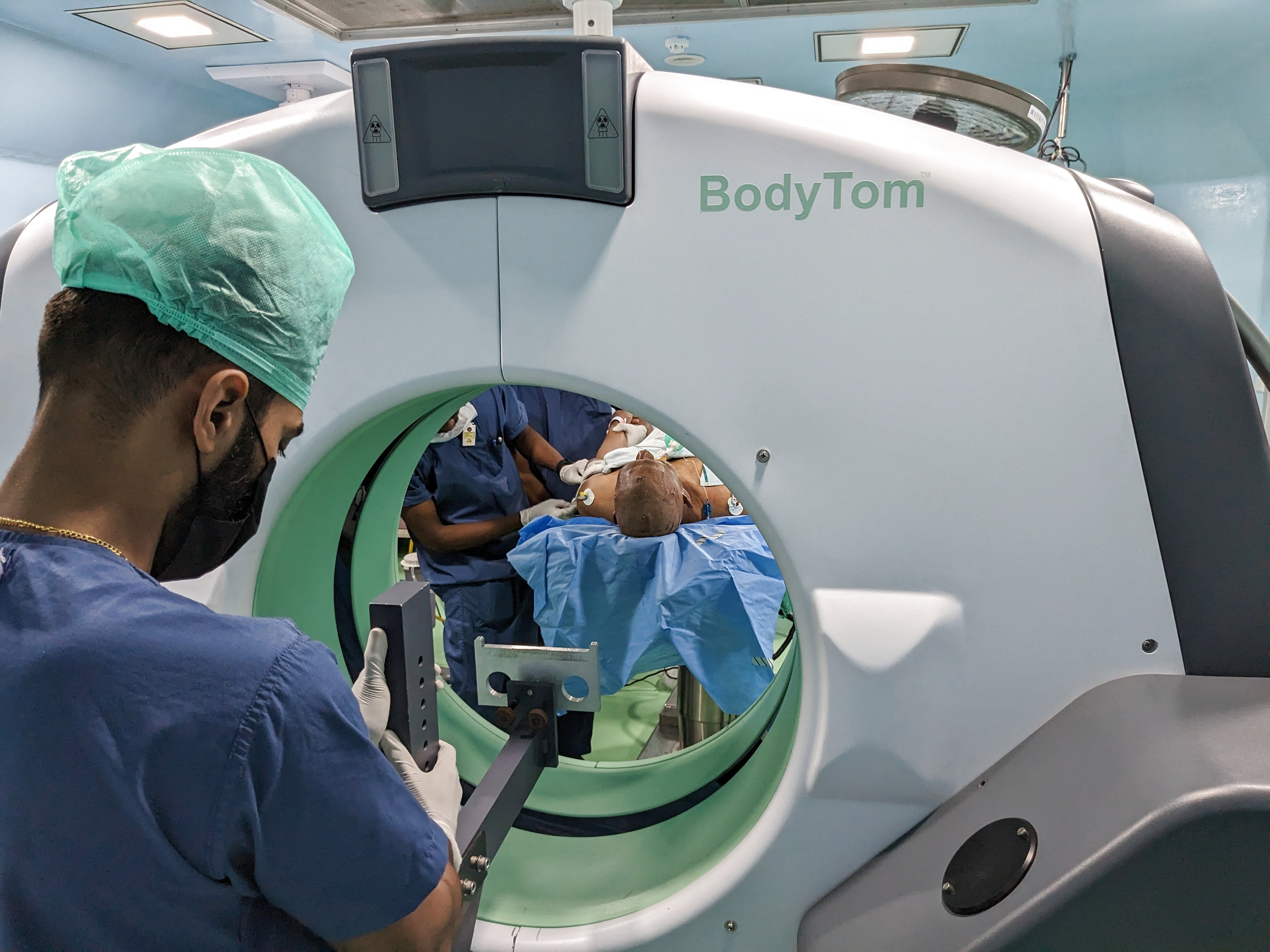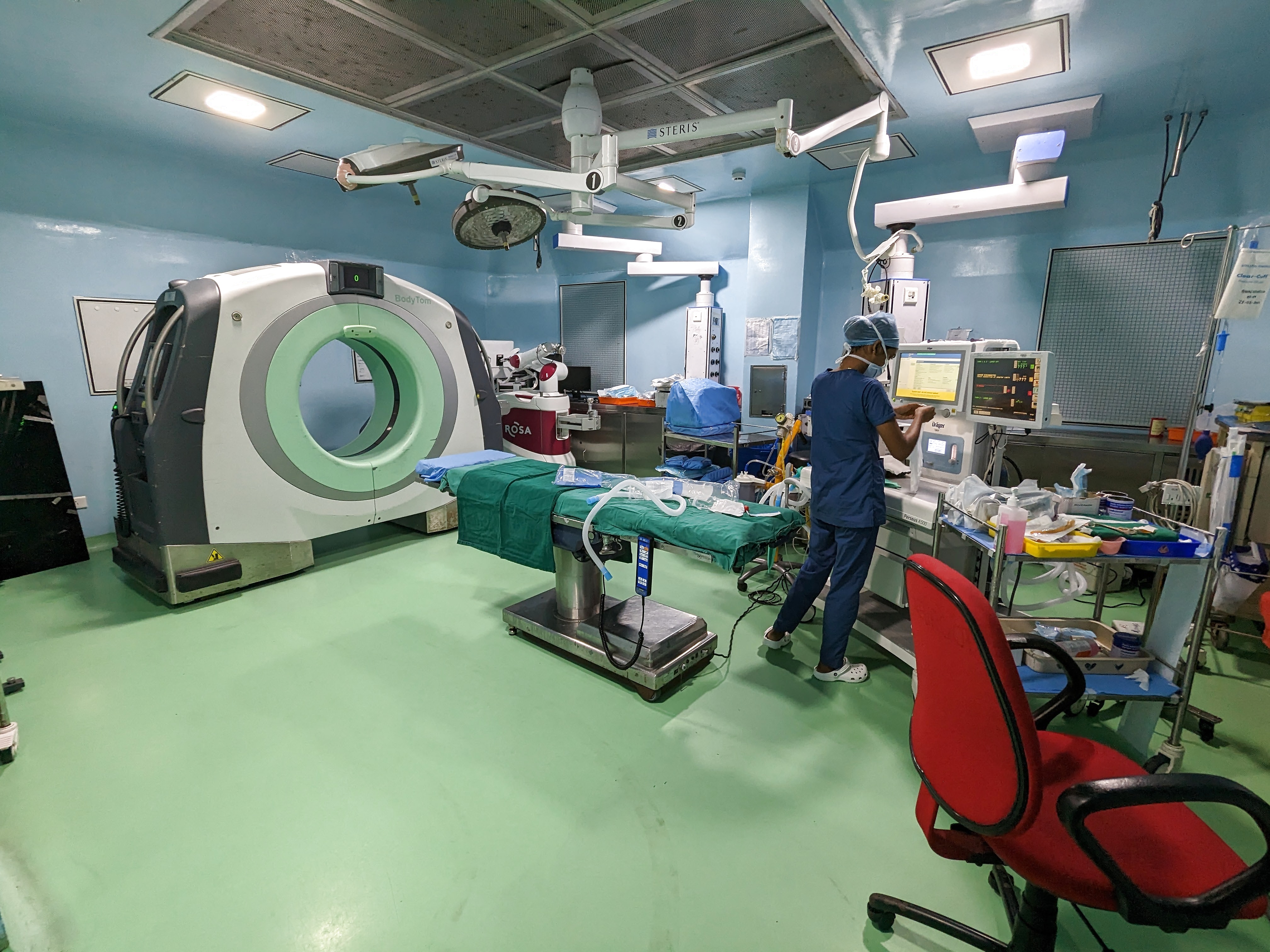
views
No one wanted to be friends with Aryan (name changed), a 12-year-old school-going boy. The reason was his uncontrolled laughter.
His teachers, friends and sometimes his parents believed that he had severe behavioural issues.
He would suddenly burst into a laughter without any provocation or context. The unexpected bouts of laughter recurred several times in a single day and sometimes in his sleep as well.
He was often misunderstood by peers and family for his “irrational behaviour”, leading to punitive actions and further embarrassment for him.
His parents tried everything, including taking psychiatric help to overcome their child’s stigma, his poor performance and attendance in school, but all in vain. Until one day, the boy witnessed seizures and was taken to the hospital.
His ‘peculiar laughter’ finally received some medical attention.

The MRI was done where a small tumour growing deep inside his brain was seen causing “gelastic epileptic seizures”.
It is the term used to describe seizures with bouts of uncontrolled laughing or giggling. Generally, the removal of such tumours requires open brain surgery but it can have its own consequences such as weakness on one side of the body and problems in speech.
The boy was referred to Kochi-based Amrita Advanced Centre for Epilepsy (AACE) — the first hospital in India to conduct non-invasive surgery for epilepsy in 2016.
Even today, not many hospitals in India are performing radiofrequency ablation techniques, the hospital claims.
Non-Invasive Surgery to Remove Tumour
The hospital in Kochi, which, so far, has conducted 40 non-invasive brain-related epilepsy surgeries in the last seven years, does not open the skull or brain but uses radio frequency waves.

“We use the technique called radio frequency ablation, which is an alternative to traditional open brain surgery for epilepsy that is not controlled by medication,” Dr Gopinath told News18. She was one of the doctors who performed the non-invasive but breakthrough intervention on Aryan.
Radiofrequency ablation is a ground-breaking surgery that does not require opening the brain but still accesses the tumour at the depth of the brain. This precise targeting allows for the removal of the tumour without damaging any other tissue, meaning that there are no side-effects.
It took around three hours and a team of more than 13 doctors to deactivate the tumour grown deep inside Aryan’s brain. The surgery was led by the team of epilepsy surgeon, Dr Ashok Pillai, the team of epileptologists led by Siby Gopinath, neuro-radiologists, nuclear medicine experts, neuro technologists and others.
The Planning
The surgeons plan the trajectory by measuring the angles and depth at which the tumour is located. “Basis on this, the trajectory of waves have to be decided and how can they be targeted,” said Dr Gopinath.
The hospital also claims to be the first one in India to use ROSA (Robotic Stereotactic Assistance), a robotic guidance system to assist neurosurgeons in epilepsy surgery. ROSA allows the doctors to insert electrodes into the brain to identify the focus of where epileptic seizures begin without having to resort to open-brain surgery.
A stereotaxic device is used which, when the head is in a fixed position, allows for the precise location of brain sections.
In this procedure, special equipment and imaging techniques are used to find an abnormal area in the brain which guide the removal of an abnormal tissue sample from that area.
“Prior to starting waves, we first take accurate measurements of three dimensions such as how far the tumour is from the front side and top side. Then a robot-assisted stereo taxi is used followed by the use of generator (Which generates the radiofrequency waves) on the area. It ends up inactivating the selected area,” explained Dr Gopinath.
Free of Cost
The procedure was conducted in a live workshop which was attended by around a dozen global experts on epilepsy, including those from institutions such as Cleveland Clinic (USA), McGill University’s Montreal Neurological Institute and Hospital (Montreal, Canada), and Uniklinikum Erlangen (Germany).
“The procedure will create awareness across the globe over the treatment of cases where medicines are not working or surgery remains challenging,” said Dr Gopinath while adding that the procedure was performed free of cost.
Aryan’s recovery has been remarkable so far, the hospital claims.
“He will continue to be in touch with the team of doctors,” Dr Gopinath said.
Read all the Latest India News here

















Comments
0 comment